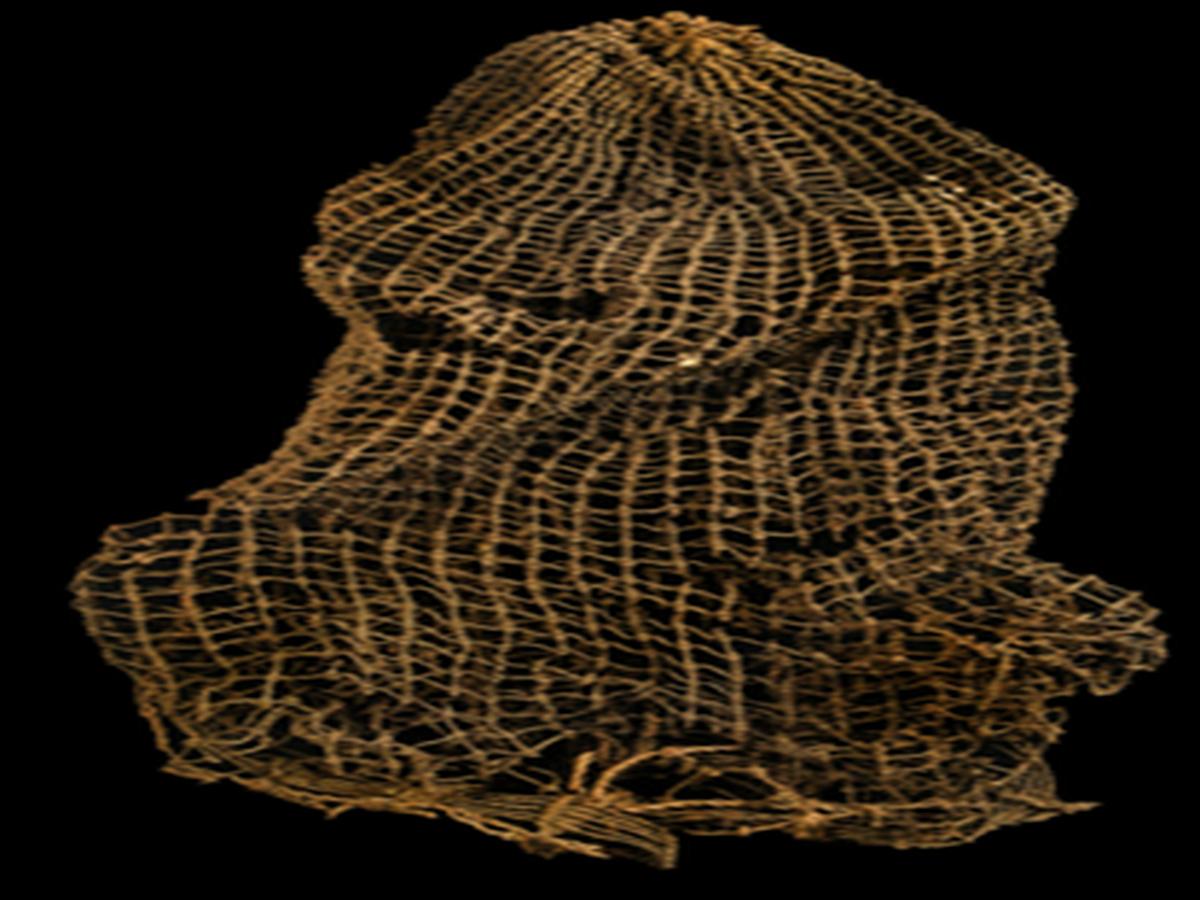State
Tribe Name
Art Type
short description
Nagaland nestles the Naga tribes, with no reputation more famed than that for making excellent crafts and for living closely and in harmony with nature. They use a variety of traditional tools in almost every aspect of their lives, of which a quite important implement is the cotton fishing net-an intelligent invention signifying both use and indigenous knowledge systems.This fishing net is conical, tapering to a pointed end at the top while remaining wide at the lower end to serve as a point for entry into the net. The whole net is a handmade article from cotton thread, woven into a close mesh of square shapes, the holes permitting entry for water while preventing the entry of smaller fish. This means that the material becomes eco-friendly when made light enough and easy for multiple uses but strong enough.
Thumbnail

Filter Postion
Left
Filter Background
Off
Theme
Filter Header Image

content
Image

description
Nagaland nestles the Naga tribes, with no reputation more famed than that for making excellent crafts and for living closely and in harmony with nature. They use a variety of traditional tools in almost every aspect of their lives, of which a quite important implement is the cotton fishing net-an intelligent invention signifying both use and indigenous knowledge systems.This fishing net is conical, tapering to a pointed end at the top while remaining wide at the lower end to serve as a point for entry into the net. The whole net is a handmade article from cotton thread, woven into a close mesh of square shapes, the holes permitting entry for water while preventing the entry of smaller fish. This means that the material becomes eco-friendly when made light enough and easy for multiple uses but strong enough.
The net as a design fits very well with the typical way of life of the Naga people who mostly fish in local rivers, streams, and ponds without disturbing their life cycles. The end will remain closed to escape, just like modern traps, but without the negative environmental impact attached to synthetic fibers or plastics.The fishing net essentially is a tool, and yet that would not really do it justice because it is much more than that: it actually is an instrument of livelihood unit and subsistence as well. There are villages of Naga land where such tools are collaboratively made or passed down through generations as a carrier of tradition and necessity.Thus, this fishing net speaks more of practicality and ecological awareness that can be observed in tribal material culture in Northeast India.
The net as a design fits very well with the typical way of life of the Naga people who mostly fish in local rivers, streams, and ponds without disturbing their life cycles. The end will remain closed to escape, just like modern traps, but without the negative environmental impact attached to synthetic fibers or plastics.The fishing net essentially is a tool, and yet that would not really do it justice because it is much more than that: it actually is an instrument of livelihood unit and subsistence as well. There are villages of Naga land where such tools are collaboratively made or passed down through generations as a carrier of tradition and necessity.Thus, this fishing net speaks more of practicality and ecological awareness that can be observed in tribal material culture in Northeast India.
Image Mode
landscape
promoted
On
Verified
Off
